Source (Google.com.pk)
Pakistani Suits Biography

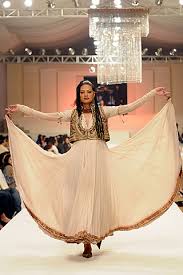



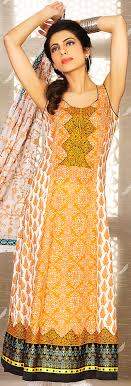


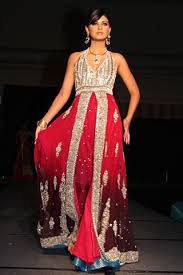
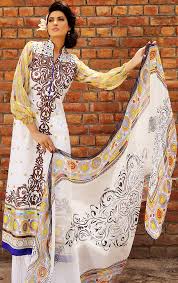
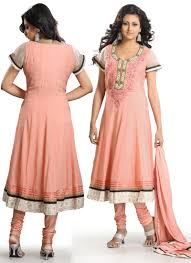
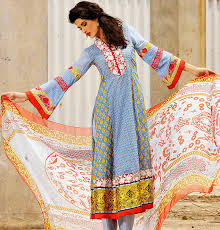
Pakistani Suits Biography
Like any other women all over the world,
Pakistani women too are very conscious about their fashion. Pakistan has
given way to lots of globally acclaimed fashion designers that
contributes to the international fashion market by designing
breathtakingly beautiful Pakistani clothes. Ethnic dresses are very
popular these days and salwar kameez is their national dress, and still
remains to be in top in the fashion world. However, we can see change is
reflected upon their fashion too with change in times. Now the
variations and modifications in traditional Pakistani clothes are very
popular.
Pakistani women also wear western
clothes but still anarkali suits, Pakistani traditional suits, etc are
going strong. The parallel pants salwar is also very famous and is
making its mark on the fashion industry.
These
suits are embellished with heavy embroidery and work such as resham
stones and mirrors, moti work, zari work and many other forms of work.
Pakistani clothes are often studded and quite fashionable. They are
exquisite and rich and are appropriate for party wear. The traditional
dress continues to see several changes in itself with a lot of
experimentation going on, and all are very successful and popular.
Pakistani
women are very fond of the sharara style dresses and are worn
especially during festivals like Eid-ul-Fitr. Saris and lehengas are
also worn by Pakistani women and it is a fashion symbol of the country.
It can be aptly said that the fashion of Pakistan along with being
traditional is very gorgeous and vivid, awesome and mesmerizing. The
geometric patterns which are related with their religion are often
reflected on their fashion clothing too, filled with exquisite
embroidery.
In clothing, a suit is a set of garments made from the same cloth, usually consisting of at least a jacket and trousers. Lounge suits are the most common style of Western suit, originating in the United Kingdom as country wear.[1] Other types of suit still worn today are the dinner suit, part of black tie, which arose as a lounging alternative to dress coats in much the same way as the day lounge suit came to replace frock coats and morning coats; and, rarely worn today, the morning suit. This article discusses the lounge suit (including business suits), elements of informal dress code.
In regional clothing, Balochi people wear shalwar kameez of thick cloth with very wide shalwar to prevent themselves from the hot wind of dry Sulaiman Range and Kharan Desert. They wear Balochi turban made of a very long cloth, often in white color to prevent their head from sun rays.Sindhi people wear shalwar kameez with traditional Sindhi cap and Ajrak of beautiful designs which are made locally.Punjabi men wear simple shalwar kameez, Kurta Shalwar and Dhoti kurta according to Punjabi climate. Turban of a thin cloth is also used with Shalwar Kameez especially in rural areas of Punjab where it is called Pagri. Khussa is also used with Dhoti Kurta. In Pashtun dress, people wear traditional Peshawari Chappal in feet and Pakul with Shalwar kameez. Kashmiri people use Pheran Shahmina, Shahtoosh and Jamavar which makes them warm in the cold climate of Kashmir.
Pakistani Suits
Pakistani Suits
Pakistani Suits
Pakistani Suits
Pakistani Suits
Pakistani Suits
Pakistani Suits
Pakistani Suits
Pakistani Suits
Pakistani Suits
Pakistani Suits
Pakistani Suits
Pakistani Suits
No comments:
Post a Comment